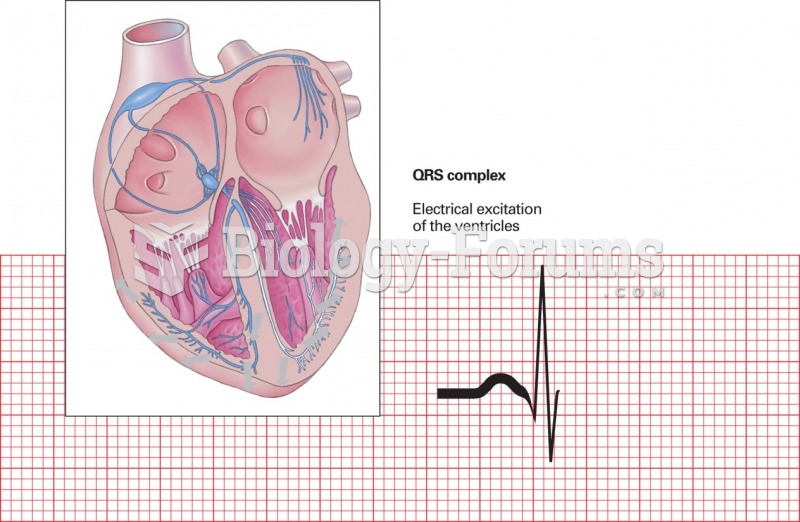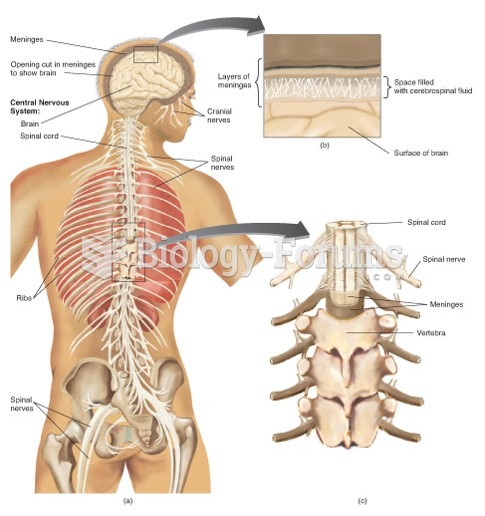This topic contains a solution. Click here to go to the answer
|
|
|
Did you know?
Many of the drugs used by neuroscientists are derived from toxic plants and venomous animals (such as snakes, spiders, snails, and puffer fish).
Did you know?
Thyroid conditions may make getting pregnant impossible.
Did you know?
Approximately 25% of all reported medication errors result from some kind of name confusion.
Did you know?
Certain topical medications such as clotrimazole and betamethasone are not approved for use in children younger than 12 years of age. They must be used very cautiously, as directed by a doctor, to treat any child. Children have a much greater response to topical steroid medications.
Did you know?
Earwax has antimicrobial properties that reduce the viability of bacteria and fungus in the human ear.







